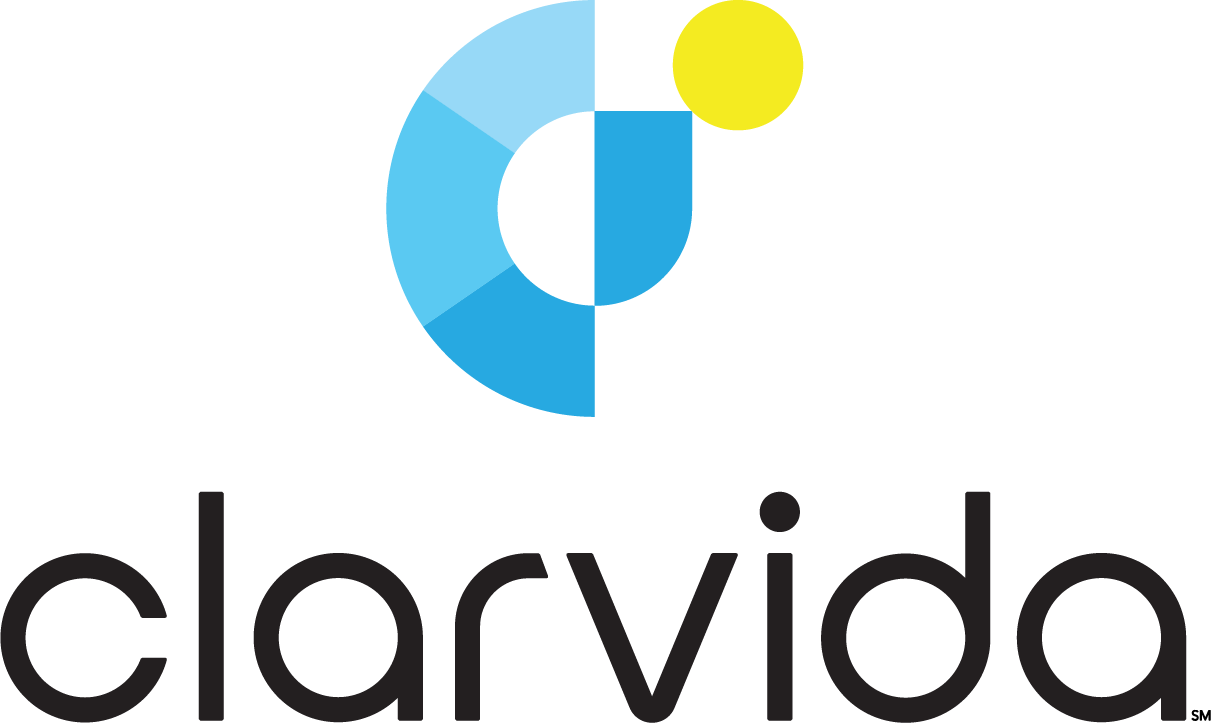Employers continue to struggle with job vacancies and mismatches between the talent they need and what they are finding in the marketplace. At the same time, unemployed and underemployed individuals are sitting on the sidelines of standard talent pipelines due to perceived barriers and misconceptions related to one or more demographic characteristics. The reason for this problem could be as simple as the way employers have always looked at talent. With six generations now in the workplace, this approach needs to be disrupted for your organization to address its talent needs and send a critical retention signal to your current employees that you value inclusive workplaces.
Workers from untapped talent pools, such as military veterans, spouses, and caregivers; individuals ages 60 and older; people with disabilities; those with a criminal record; and opportunity youth (young adults who are not in school or working), provide high return on investment and unique, in-demand skills. Greater inclusivity in hiring practices opens doors to more equitable and diverse work environments where both business and employees can thrive.
If we are to build a world of work that works for all, leveraging untapped talent is a value that needs to become integral to workplace talent strategies. SHRM Foundation is committed to providing evidence-based strategies, learning, and actionable resources to all HR stakeholders to increase their knowledge and capacity to widen pathways for work.

Visionary Partnership Untapped Talent
SHRM Foundation and Clarvida, a leader in behavioral health and social services, have joined forces to promote the hiring of untapped talent, including veterans, individuals with disabilities, and opportunity youth. This collaboration aims to transform Clarvida’s hiring practices by incorporating inclusive strategies and focusing on diverse talent pools. As our Visionary Partner, Clarvida will implement strategies to hire untapped talent, with support from the SHRM Foundation, fostering inclusive work environments and revolutionizing their workforce development.
Untapped Talent: What Your Workplace Stands to Gain
Veterans and the Military Community
Strong commitment to organizational mission
Entrepreneurial and self-motivated approach and mindset
Comfortable with ambiguity and resilient
Many have advanced technical training
Experienced in cross-cultural and diverse workplaces
People with Criminal Records
Higher-than-average loyalty to organization
Lower turnover and lower frequency of disciplinary issues
Eager to work hard to prove value
Increase diversity since U.S. criminal justice system disproportionally impacts people of color
People Age 60+
Higher levels of engagement than other populations
Strong work ethic backed by broad work and life experiences
Large existing network of professional contacts
Often have strong communication and leadership skills
Veterans and the Military Community
Strong commitment to organizational mission
Entrepreneurial and self-motivated approach and mindset
Comfortable with ambiguity and resilient
Many have advanced technical training
Experienced in cross-cultural and diverse workplaces
People with Criminal Records
Higher-than-average loyalty to organization
Lower turnover and lower frequency of disciplinary issues
Eager to work hard to prove value
Increase diversity since U.S. criminal justice system disproportionally impacts people of color
People Age 60+
Higher levels of engagement than other populations
Strong work ethic backed by broad work and life experiences
Large existing network of professional contacts
Often have strong communication and leadership skills
Military Spouses and Caregivers
Skilled at adapting to change and navigating ambiguity
Strong leadership and strategic problem-solving skills
Bring experience from vast life and work-related experiences
Healthcare and other benefits are covered by the military
People with Disabilities
High quality of performance and work ethic
First-hand experience with accessibility and inclusion challenges
Higher-than-average loyalty to organization
Lower likelihood of incurring work-related accidents and less time-off spent
Take pride in their work
Opportunity Youth
Bring innovative and creative ideas to problems and processes
High levels of enthusiasm and willingness to learn
Increases age diversity of organization and can help expand customer market
Offer unique perspective to current cultural trends
Increase diversity since most Opportunity Youth are non-white
Military Spouses and Caregivers
Skilled at adapting to change and navigating ambiguity
Strong leadership and strategic problem-solving skills
Bring experience from vast life and work-related experiences
Healthcare and other benefits are covered by the military
People with Disabilities
High quality of performance and work ethic
First-hand experience with accessibility and inclusion challenges
Higher-than-average loyalty to organization
Lower likelihood of incurring work-related accidents and less time-off spent
Take pride in their work
Opportunity Youth
Bring innovative and creative ideas to problems and processes
High levels of enthusiasm and willingness to learn
Increases age diversity of organization and can help expand customer market
Offer unique perspective to current cultural trends
Increase diversity since most Opportunity Youth are non-white
Tap into Untapped Talent
with SHRM Foundation Certificates
SHRM Foundation offers free certificate programs to equip you to Invest in untapped talent pools, diversify your workforce, and recognize the benefits for both people and business from building inclusive workplaces. Earn a total of 30 professional development credits toward your SHRM-CP or SHRM-SCP certification by completing all three!

Gain actionable knowledge and tools to recruit, hire, and retain individuals with disabilities.

Create organizational strategies and processes to recruit, hire, retain, and advance people with criminal records.

Learn critical insights to adapt your workplace into one that attracts, hires, and retains veterans and the military community.
Wendi Safstrom
President, SHRM Foundation
“The value of untapped talent must be recognized as more than a matter of social good or community goodwill. Workers from these groups provide high return on investment and unique skills that employers should be realizing, and we also want HR professionals to be more reflective of these diverse populations.”
Create Your Organization’s Untapped Talent Employment Plan with Research, Templates, and Guides
With almost two-thirds (65%) of organizations reportedly not yet working on developing talent pipelines for untapped groups of workers, there is more work to be done to ensure these individuals are not left behind and to capitalize on the value they bring to employers. This HR activation center, developed by the SHRM Foundation and Walmart, offers HR professionals and employers tools, assessments, and guides to improve hiring strategies and elevate diversity, equity, and inclusion practices in the workplace.
Untapped Talent Research Report
Download the research report which surveyed HR professionals and employers about their experiences working with people from untapped talent pools.
The Rise of Skilled Credentials in Hiring
Learn how employers and employees view and value skilled credentials.
Making Skilled Credentials Work:
A New Strategy for HR Professionals
Strategies for employers, HR professionals and hiring managers to effectively use skilled credentials and key steps to ensure skilled credentials fulfill their potential for talent identification.
